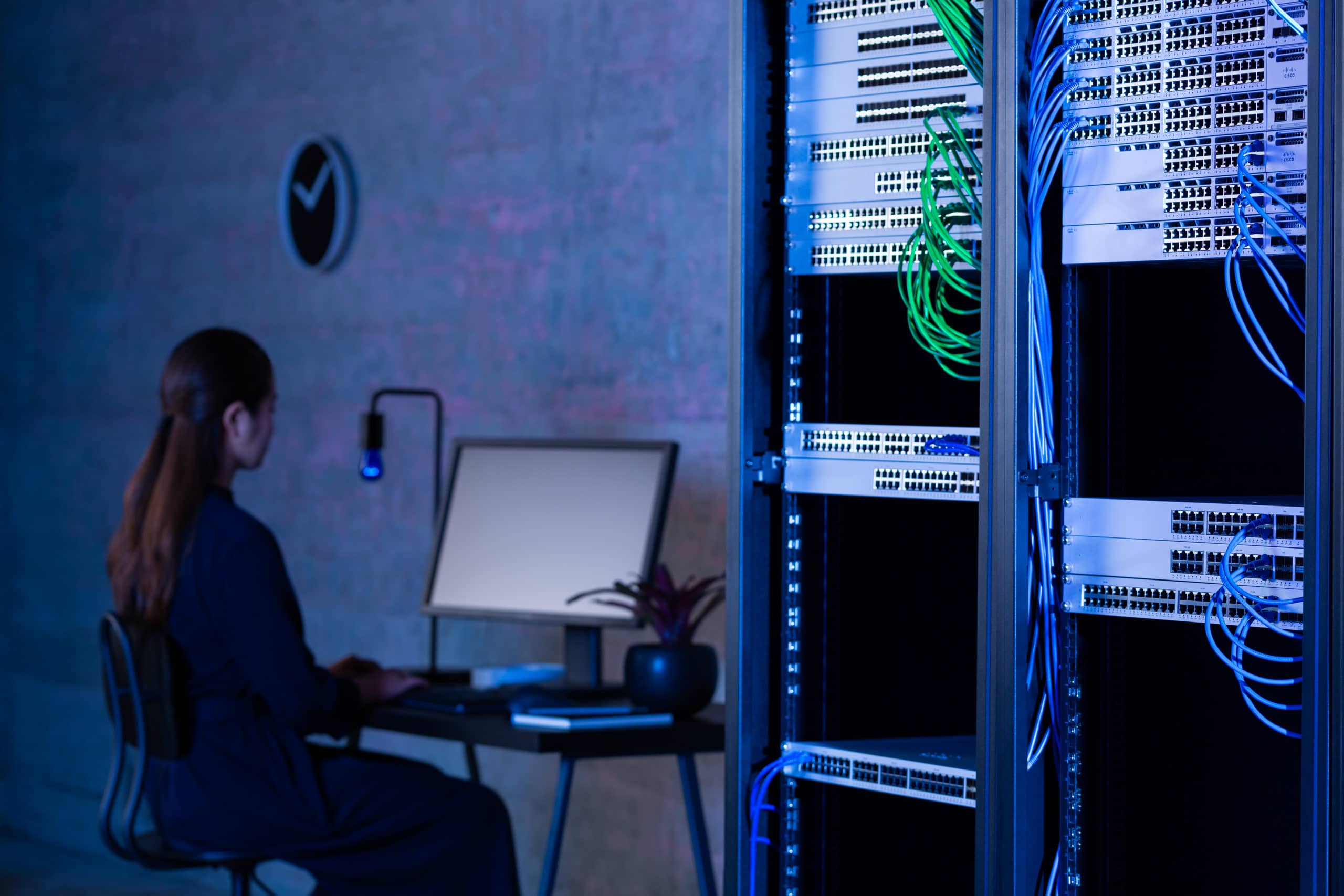Cisco combined its Catalyst and Meraki kits under the new “Cisco Wireless” name because it was sick of creating and maintaining two separate sets of Wi-Fi devices.
At the company’s Live conference in Australia on Tuesday, the first results of this strategy were unveiled. The CW9178 and CW9176 are two Wi-Fi 7 access points that, like all future Cisco Wi-Fi products, can be controlled with an on-premise controller or cloud-based tools under the same license. If an organization wants to, they can employ both controllers and cloudy management on the same kit.
One noteworthy feature of the gadgets is that they are same everywhere they are sold. Instead of needing Cisco to create separate boxes, software may now incorporate regional differences needed to comply with local requirements. Customers can now purchase the kit in one place and ship it anywhere in the world or between nations.
Additionally, Cisco modified its Wi-Fi kit licenses so that hardware purchasers receive a single contract for hardware and management tools, along with support, which was previously an optional feature. The licenses have varying degrees of functionality and are available in “Essentials” and “Advantage” tiers.
Cisco was informed by The Register that Broadcom’s choice to package support with VMware products resulted in higher expenses.
According to Matthew Landrey, Cisco’s security and networking product management veep, the business “modeled total cost of ownership for customers and, roughly, for included value, we are not increasing costs.”
The licenses cover Cisco’s “Spaces” Wi-Fi asset locating and IoT platform. It doesn’t matter if customers who only want quick and easy Wi-Fi want Spaces; they will now be able to buy it at costs that reflect its inclusion. We’ve been informed that Cisco’s decision to leave the LoRaWAN market has nothing to do with the inclusion of Spaces.
Cisco will provide jumping off places at the time of renewal, or earlier if you’re willing, but current users of Catalyst or Meraki equipment won’t be ejected from their licenses.
Landrey admitted that the two new access points are insufficient to meet all needs, so of course, a ton of additional gear is in the pipeline.
Additionally, Landrey informed us that Cisco’s wireless product line will soon undergo a shift, with unified product ranges and simplified licensing that cover a greater number of products.
Although he acknowledged that Cisco will benefit from having less design and manufacturing work to do, he contended that users will also benefit from streamlined portfolios and licenses beginning in December 2024, when these new ones go into effect. ®





Comments are closed